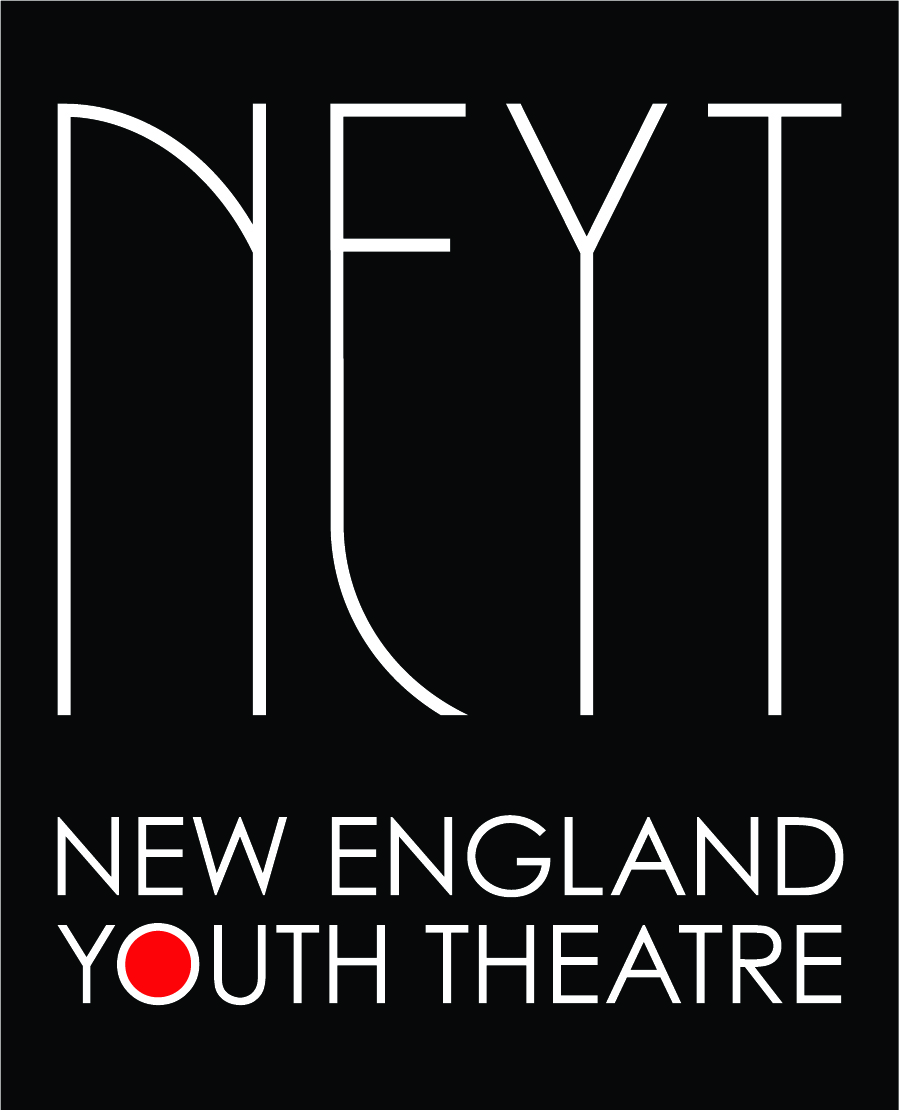May 2020
from the desk of…
Jerry Stockman
Associate Technical Director, NEYT
I frequently tell my students that making theater with limited resources, which is typically the case for the New England Youth Theatre in Brattleboro, Vermont, where I work, is really the best way to maximize learning, creativity and, most importantly, fun. This was especially the case in our recent production of Roald Dahl's Matilda The Musical.
Since it was first released for US amateur licensing by MTI in November of 2018, the RSC’s Matilda has been presented on stage by high school and community theaters myriad times. For designers, TDs and technicians, the show presents a slew of baked-in effects that have to be presented, in some fashion or other, exactly as written.
Two of the effects are expressions of the title character’s gift of telekinesis. One is navigating a piece of chalk to write on a blackboard a fateful message that outs the crime of Miss Trunchbull, the villain of the story. The other is tipping over a tumbler of water, which also contains a newt, which ends up in Trunchbull’s knickers. Both happen without Matilda touching, or even approaching the props that are integral to the gags. Ideally, the audience sees and accepts the props as normal before the critical effects happen, so that no clues are telegraphed and maximum surprise is achieved. Herein I’ll describe our robotic approach to the tumbler trick, which we found to work well.
The platform for the effect was a replica of a stacking wooden vaulting horse, still found in UK school gymnasiums at the time of the play (Photo 1). It was conceived and built by our set designer/technical director David Regan and adapted by me for the tumbler trick. The piston of a pneumatic cylinder installed in the cap of the vaulting horse (Photo 2) moved a wooden block, in which was embedded a magnet. A magnet was also hidden in the base of a plastic tumbler. The original concept assumed that, with the proper magnetic strength, the piston magnet would drag the tumbler to the edge of the surface and it would “trip” over shallow molding and fly off the edge. This sort of worked, but it was unpredictable. The tumbler moved, but didn’t always fly off. As the magnet slowly retracted back to its starting position, it would sometimes drag the tumbler back and reveal the trick. We then experimented with reversing one of the magnets so that the forces repelled rather than attracted them, and that proved to be reliable, with the tumbler flying off the top of the vaulting horse every time. It did make it necessary to add “guard rails” for the magnet block, to prevent it from flipping over due to the magnetic force acting on it.
The rest of the components for the effect were hidden in the bottom of the prop (Photo 3). These included a reservoir for air to drive the cylinder, a 12 volt rechargeable lead acid battery for power and a wireless RF relay circuit board, built from a kit and activated from the booth by the stage manager with a hand held fob.
Another of my tenets for building effects is to use hardware that can be recycled. In this case, the wireless relay and battery were already in our shop, having been employed many times before. Only the pneumatics, at a cost of about $200, were needed to complete the concept, and I’m sure I’ll find a use for them on stage again.
So don’t let a dearth of big bucks get in the way of tackling any theater challenge. Start early and allow plenty of time for experimentation, and the fun and learning will follow. If you’d like to let us know about your latest project, we’d love to hear from you over Instagram, Facebook, or contact us here.



